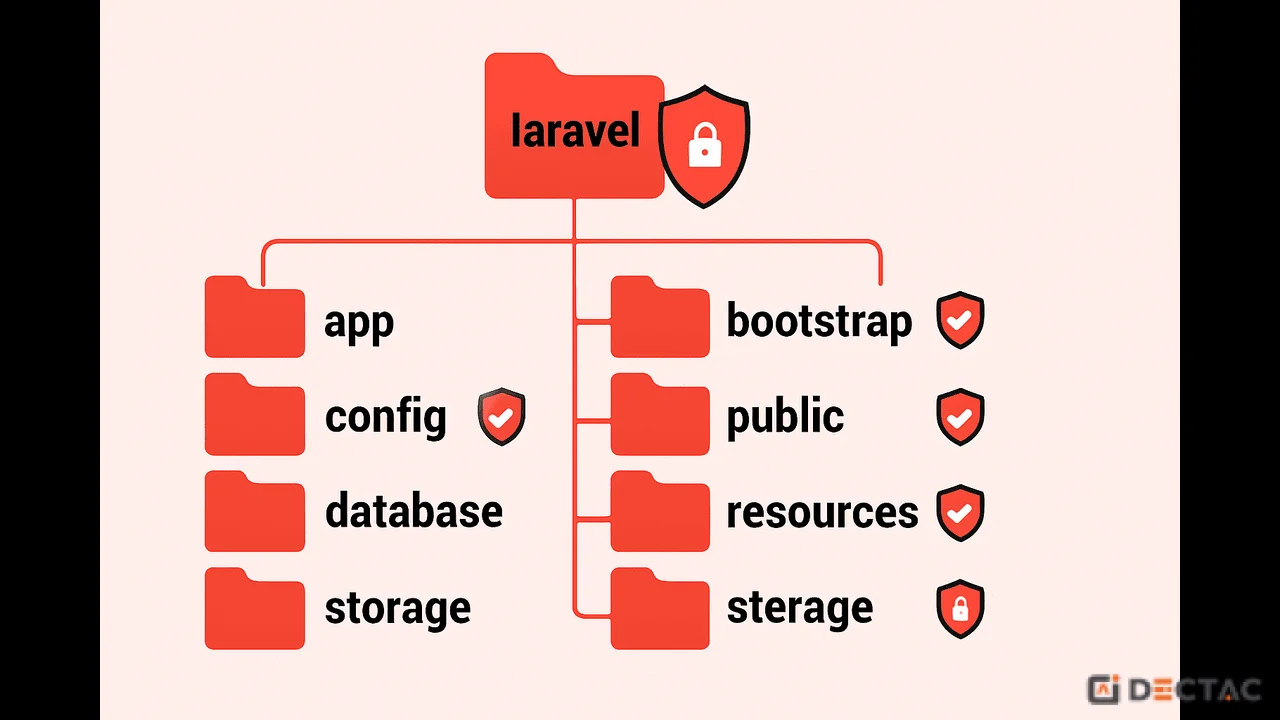React.js vs. React Native: What's the Real Difference? A Developer's Guide
If you're in the web or mobile development world, you've undoubtedly heard of React. The name is so ubiquitous that it's easy to get confused by its different flavors: React.js and React Native.
Are they the same thing? Can a React.js developer just start writing mobile apps? Is one better than the other?
The short answer is: They are siblings, not twins. They share a common parent (Facebook) and a core philosophy, but they are designed for fundamentally different environments and have crucial distinctions.
This guide will break down everything you need to know about the differences between React.js and React Native.
The Shared DNA: What Makes Them Similar?
Before we dive into the differences, let's establish the common ground. This shared foundation is why the ecosystem is so powerful.
Core Principles: Both use the core React principles. This means you'll be working with a component-based architecture, managing state, and using props to pass data. If you know how to think in React, you're halfway there.
JSX Syntax: Both use JSX (JavaScript XML) as their templating language. This allows you to write your UI structure in a syntax that looks like HTML but has the full power of JavaScript.
State and Props: The way you manage component state (useState) and pass data down the component tree (props) is virtually identical.
Component Lifecycle: The concepts of component lifecycle (or their modern equivalent with Hooks like useEffect) are consistent across both.
This shared DNA is the "learn once, write anywhere" promise of the React ecosystem. The thinking is the same, but the application is different.
The Fundamental Difference: The Rendering Engine
This is the most critical distinction to understand. How they render your UI is what sets them apart.
React.js: The Virtual DOM and the Browser
React.js is a JavaScript library for building user interfaces for the web.
How it works: React.js maintains a Virtual DOM in memory. When a component's state changes, it creates a new Virtual DOM tree. It then compares this new tree with the old one (a process called "diffing") and calculates the most efficient way to update the real browser DOM.
The Output: The final output is standard HTML, CSS, and JavaScript that runs in a web browser. Your <div />, <h1 />, and <p /> tags are rendered as actual HTML elements.
React Native: The Bridge and Native Components
React Native is a framework for building native mobile applications for iOS and Android.
How it works: React Native does not use HTML or a WebView. Instead, your JavaScript code runs in a separate thread. When you write a component, React Native uses a "Bridge" to communicate with the native platform's UI libraries.
The Output: Your JSX is translated into 100% native UI components. A <View> component in React Native becomes a UIView on iOS and an AndroidView on Android. A <Text> component becomes a UILabel or TextView. This is why React Native apps feel "native"—because they are.
Detailed Comparison Table: React.js vs. React Native
Feature | React.js | React Native |
Target Platform | Web browsers (Web Applications, PWAs) | Mobile devices (iOS, Android, etc.) |
UI Components | Uses standard HTML tags like <div>, <span>, <h1>. | Uses its own set of components like <View>, <Text>, <Image>. |
Rendering | Renders to the Browser DOM via a Virtual DOM. | Renders to Native UI components via a "Bridge". |
Styling | Standard CSS, CSS-in-JS, CSS Modules, Tailwind CSS, etc. | CSS-in-JS using StyleSheet.create(). Mimics CSS but has no cascading. |
Navigation | Uses libraries like react-router-dom. | Uses libraries like React Navigation or react-native-navigation. |
Animations | CSS Animations, Framer Motion, GSAP. | Built-in Animated API, Reanimated. |
Platform-Specific Code | Not typically needed, unless targeting specific browser features. | Often required for handling UI/API differences between iOS and Android. |
Tooling | Webpack, Vite, Create React App. | Metro Bundler, Xcode, Android Studio. |
Ecosystem | Massive, leverages the entire web development ecosystem. | Large and growing, but more focused on mobile-specific needs. |
Diving Deeper into the Key Differences
Let's expand on the most important points from the table.
1. UI Components: <div> vs. <View>
This is the first thing a web developer will notice. You can't just copy-paste your React.js components into a React Native project.
React.js: You use semantic and non-semantic HTML tags.
<div>: A container.
<p>: A paragraph of text.
<button>: An interactive button.
React Native: You use components provided by the framework that map to native widgets.
<View>: The most fundamental component. It's a container that supports layout with Flexbox, styling, and touch handling. It's the equivalent of a <div>.
<Text>: All text must be wrapped in a <Text> component. You cannot have text floating inside a <View>.
<TouchableOpacity> / <Pressable>: Used to create button-like, pressable elements.
2. Styling: CSS vs. StyleSheet
Styling in React Native feels familiar but has critical limitations.
React.js: You have the full power of CSS. You can use external stylesheets, CSS Modules, or powerful CSS-in-JS libraries like Styled Components.
React Native: You use JavaScript objects for styling. The StyleSheet.create API is used for performance optimization.
No Cascading: Styles are not inherited from parent to child in the way they are in CSS. Each component is styled explicitly.
Flexbox is King: Layout is almost exclusively handled by Flexbox. It's the default and works incredibly well.
No Units: You don't specify units like px, em, or rem. Numbers are treated as density-independent pixels.
3. Navigation
How users move between screens is handled very differently.
React.js: For Single-Page Applications (SPAs), react-router-dom is the standard. It manipulates the browser URL and history to create the illusion of multiple pages.
React Native: Since there's no URL, navigation is a stack-based system. React Navigation is the most popular library, providing native stack, tab, and drawer navigators that feel at home on iOS and Android.
4. The Development Environment
Setting up a React.js project is far simpler than a React Native one.
React.js: All you need is Node.js and a browser. Tools like create-react-app or Vite get you started in seconds.
React Native: The setup is more involved. You need Node.js, but you also need Xcode (for iOS development on macOS) and/or Android Studio (for Android development). This includes installing SDKs, configuring emulators, and dealing with native project settings.
When to Choose Which?
Choose React.js when:
You are building a website, a web application, or a Progressive Web App (PWA).
Your primary target is the web browser.
You need maximum SEO performance.
You want to leverage the vast ecosystem of web development tools and libraries.
Choose React Native when:
You need to build a mobile application for both iOS and Android.
You want to save time and money by maintaining a single JavaScript codebase instead of two separate native ones (Swift/Kotlin).
Your team is already skilled in React and JavaScript.
Your app's performance needs are not so demanding that they require pure native development (e.g., intense 3D gaming).
Conclusion: Two Tools, One Ecosystem
React.js and React Native are not competitors. They are specialized tools for different jobs within the same powerful ecosystem.
React.js is for building interfaces for the web. It uses the DOM.
React Native is for building interfaces for mobile. It uses native UI components.
The beauty is that the skills are transferable. A strong React.js developer has already mastered the most difficult parts of React Native: the component model, state management, and JSX. With a bit of learning about the native components and environment, they can become a productive mobile developer much faster than starting from scratch.
So, the next time someone asks, "What's the difference?" you can tell them: one builds for the browser, the other builds for the phone, but both speak the language of React.










